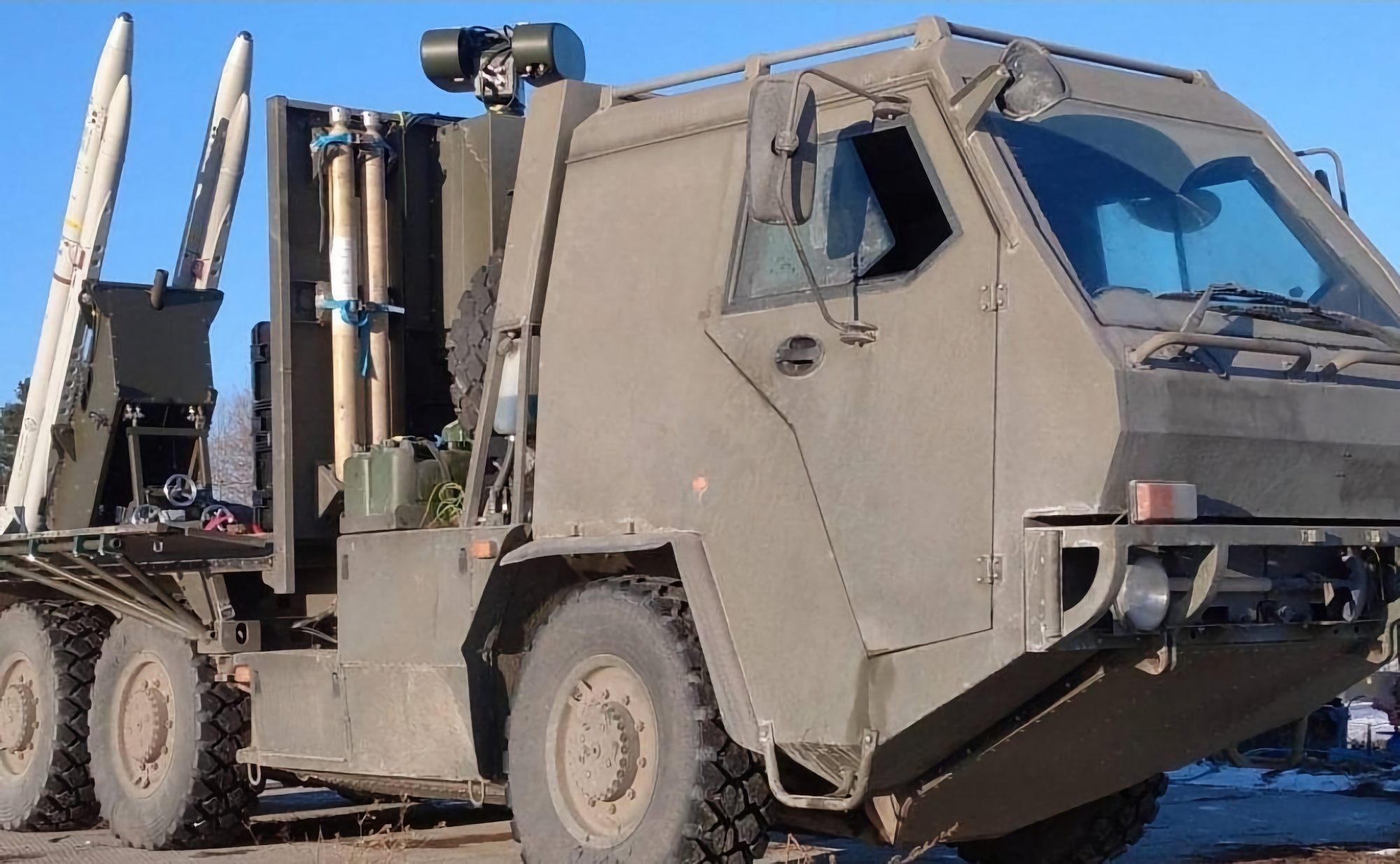Russia’s massive missile barrage on Ukraine last week, the biggest and most severe in the entire war, has prompted the United Kingdom to send around 200 surface-to-air missiles (SAM) to Kyiv. It is also preparing to “take charge” of a rapid response North Atlantic Treaty Organization (NATO) ground formation as a sign of deterrence against Russia.
Deadlier Than Hypersonic Weapon, Why Ukraine Fears Russia’s Kh-22 Missiles More Than Kinzhals?
The missiles are originally air-to-air missiles, developed by European defense major MBDA, which were repurposed and modified for a ground-fired air defense (AD) role in a special project in mid-2022.
Russia’s salvo consisted of 158 missiles and drones – the latter claimed to be a jet-powered version of the Geran-2 kamikaze UAV. The wide-ranging attack that covered nearly all of Ukraine stunned Kyiv, whose officials admitted the long-range standoff missile strike was far bigger in scale and magnitude than earlier attacks.
Besides the latest donation of the SAMs, the UK has also supplied a squadron of Challenger 2 tanks, three batteries of AS90 self-propelled guns (SPG), hundreds of armored and protected vehicles, and air-launched cruise missiles like the Storm Shadow.
Other non-capital weapons include thousands of rounds of ammunition and training 30,000 Ukrainian soldiers in the special Operation Interflex program held on British soil.
More Air Defense Missiles For Ukraine
According to the UK’s Ministry of Defense (MoD), the package of around 200 air defense missiles “top up” Ukraine’s air defense for “frontline” and “critical national infrastructure” from Russian bombing and “one-way attack drones.”
The system, Advanced Short-Range Air-to-Air Missile (ASRAAM), is designed to be launched from fighters like the Eurofighter Typhoon and the F-35. MoD and MBDA undertook the conversion project in the summer of 2022 to reorient the ASRAAM to fire from the ground for the first time.

The system was “developed, manufactured, trialed, and Ukrainian crews trained on their usage within four months.” It was then transferred into Ukrainian hands. The replenishment of the stocks nearly a year and a half later suggests that Ukraine has exhausted a significant portion of the ASRAAM inventory received in 2022.
Another possibility could be that Ukraine has largely conserved the stockpile, and the transfer is merely an additional precautionary measure in response to the alarm generated by the strike. But it is certain that the air defense version of the ASRAAM has been employed against Russian aerial strikes. The MoD claimed a “90 percent hit rate against some Russian targets.”
Missile’s Capabilities
The 88-kg missile has a range of over 25 km, and when fired from a Typhoon, F-35 Lightning, or Tornado, it can be cued from a helmet-mounted sighting system. Its 10-kg warhead is triggered either upon impact or can explode near a target with a laser-enabled proximity fuse, making it effective against both large and small targets.
Introduced in 1998 to replace the AIM-9 Sidewinder, the heat-seeking missile utilizes infrared homing and is Lock-On After Launch (LOAL)-capable, giving the target less time for countermeasures.
The pilot will not know the plane is being targeted until the missile is already in the air. According to Military Today, the missile can touch supersonic speeds at Mach 3 and pull 60 G turns, making it a fast and maneuverable missile.
UK Takes Charge Of ‘Rapid Response’ Ground Formation
Meanwhile, the UK is preparing to take the rotational charge of NATO’s Very High Readiness Joint Task Force (VJTF) on January 1. The unit was created after Russia’s annexation of Crimea in 2014.
The UK now replaces Germany, which led the force in 2023. The UK previously led it in 2017. It was deployed for the first time after Russia launched the war in February 2022.
UK’s leadership of the VJTF also means it will “provide the majority of forces in the task force,” according to the MoD. The United Kingdom’s Allied Rapid Reaction Corps will serve as the land component command. VJTF land forces will comprise some 6,000 troops, with the UK’s 7th Light Mechanized Brigade Combat Team – the ‘Desert Rats’ – being the leading formation.
The brigade consists of a light cavalry regiment and four light-mechanized infantry battalions with enabling artillery, engineering, logistics, and medical regiments. Major units include the Royal Scots Dragoon Guards, the 4th Battalion, The Royal Regiment of Scotland, and the 2nd Battalion, The Royal Anglian Regiment.
- The author can be reached at satamp@gmail.com
- Follow EurAsian Times on Google News




